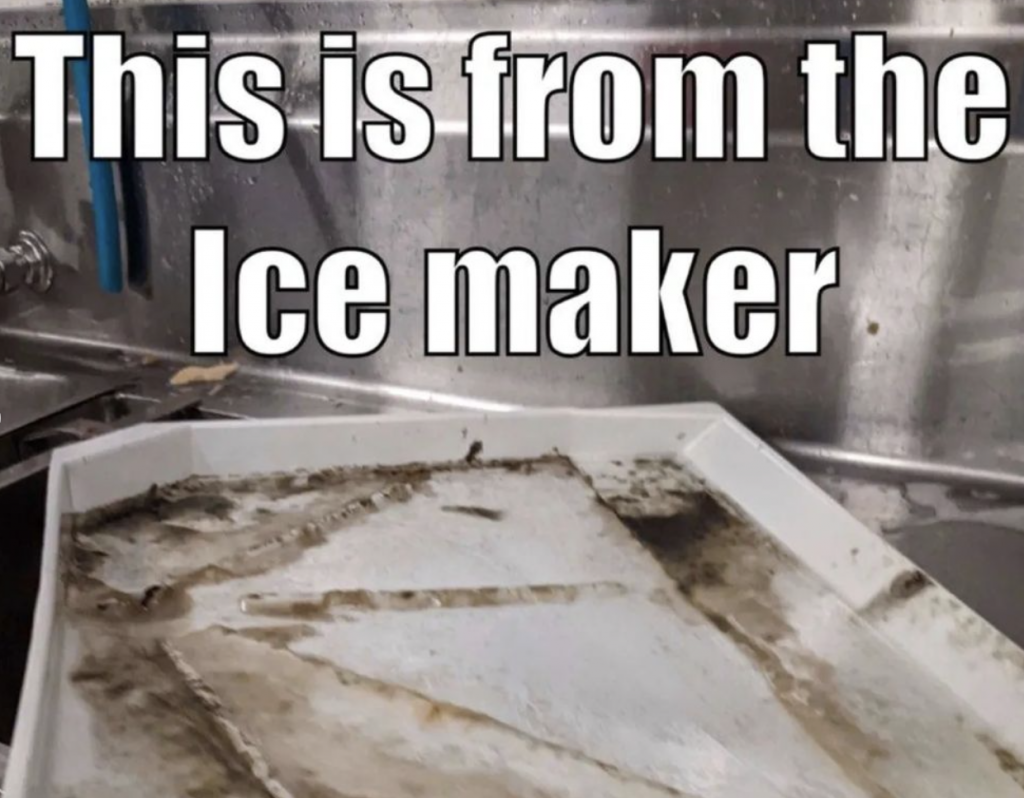| Oklahoma
With the summer solstice on June 20th, we have already passed the longest day of the year, and on July 4th we celebrate the birthday of our great country, so we are well into summer.
We have been blessed with cooler than normal summer weather so far, with only a few weeks of intense summer heat. We can still plant new plants to add color and excitement to our garden and patio, but our main garden activities are watering, mulching, weed and pest control, and enjoying the plants that are already there.
Container gardening is an integral part of the new summer plantings when you are brightening up your porch, patio, balcony, pool, or any other place where you spend extra time in the summer or fall, or before parties or other events.
There is an unlimited variety of containers to use for the container garden and the container can be part of your design or decoration statement and the home for the plants you choose. Container gardens can be large pots or tubs that you place on the floor, urns that stand on your stairs or porch, or hanging baskets or other hanging planters that hang from a porch or awning.
There are several rules that are helpful when dealing with container gardens that will increase your chances of success and help you better manage your container plants.
Large pots with more soil volume can last longer between waterings and have a more even moisture content than small containers; small containers fluctuate between wet and dry in the summer heat and can stress your plants more easily.
It is more difficult to keep plants happy and grow in smaller containers than plants in a larger body of soil. Plants in hanging baskets or higher in the air dry out faster and more often than plants in containers on the ground. Increased exposure to drying winds can accelerate evaporation and desiccation of the soil and your plants.
Be prepared to water hanging plants, especially those in smaller containers, more often to help them overcome our winds and summer heat. We strongly recommend that all outdoor decorative containers have drain holes to prevent water from becoming trapped and drowning the root system.
The choice of soil for container gardens is a major success factor because it is the “basis” of your gardening work. Choose a well-drained soil substrate or a medium that is pH corrected.
The best container soils are actually soilless mixtures without traditional clay, but mixtures of peat moss, composted bark, perlite, vermiculite or other ingredients. These mixes are lighter than the heavy clay soils we use in traditional flower beds, but they are open and easily drain away the water, but retain moisture in the peat fibers and have a good water / air movement ratio.
They also have good cation exchange to store nutrients for the plant roots that they can access as they grow. There are many good commercial mixes available, or you can mix your own after purchasing each ingredient.
If you plan to use clay in your soil mix for extra weight or ballast, limit the loam to about 20% or 25% of the mix before adding peat, bark, and other soilless ingredients to provide good air and water flow for your plant roots.
After you’ve chosen the container and a good soil medium for your plant roots, it’s time to choose your plants and start planting.
Use annual color plants for quick and seasonal color. Choose tropical plants like palm trees, crotons, hibiscus, oleander and many others to bring that Florida, Hawaii or island feel to your garden.
In large vessels, you can use coniferous evergreens, deciduous shrubs, or ornamental grasses for great effect. A combination of different plants adds excitement to container gardens, so some of the best can be a mix of tropical plants, colored annuals, vegetables, ornamental grass or cascading English ivy, sweet potato vines or pothos ivy.
Try your hand at your first container garden or add several to your collection while you have fun gardening.
Rodd Moesel is President of the Oklahoma Farm Bureau and was inducted into the Oklahoma Agriculture Hall of Fame. Email gardening and landscaping questions to rmoesel@americanplant.com.








